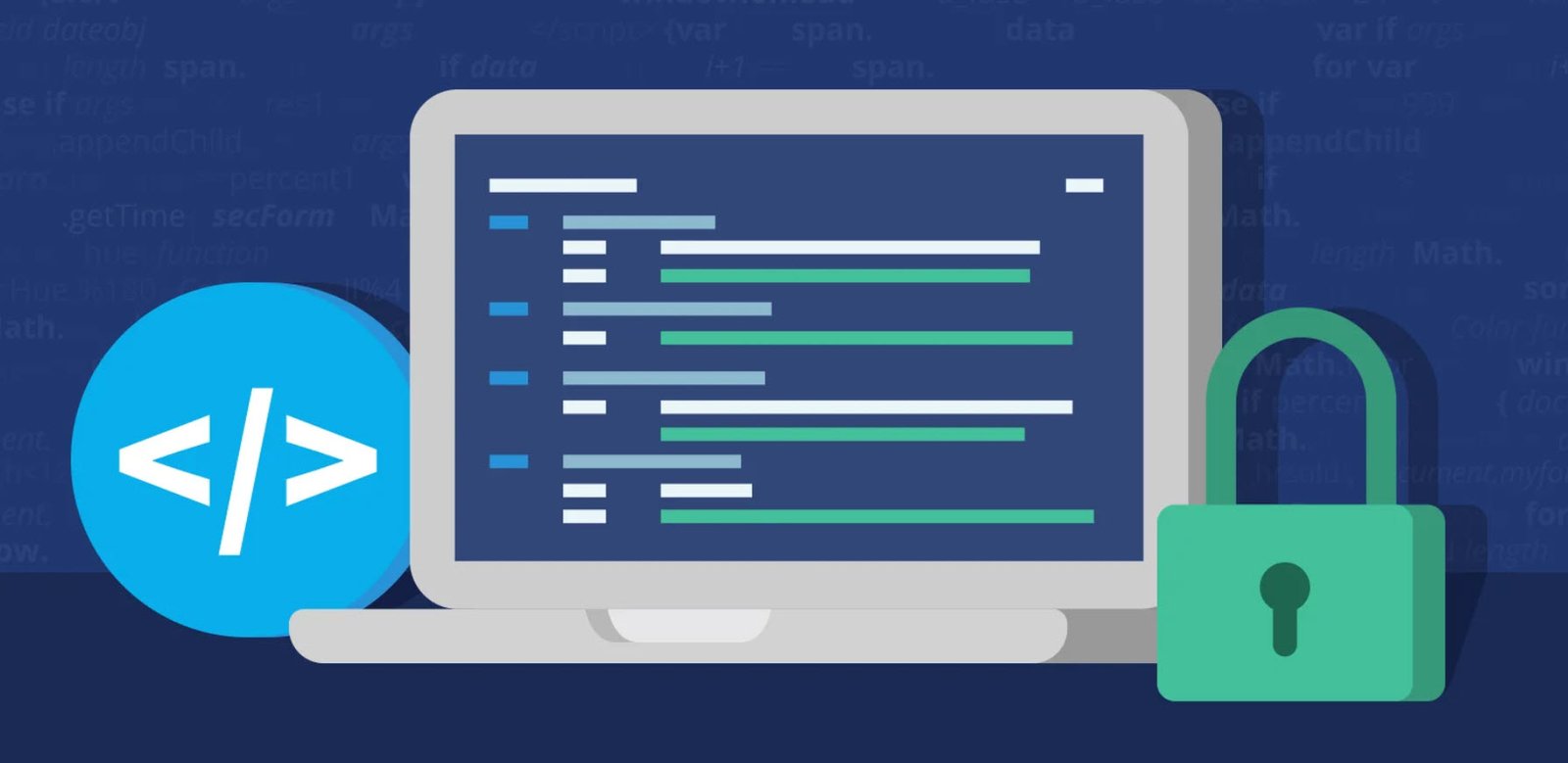
Cloud computing has revolutionized the way businesses operate, providing scalability, flexibility, and cost-efficiency. However, like any technology, it also comes with its own set of risks and challenges. Understanding the top threats in cloud computing is crucial for organizations to ensure the security of their data and applications. Here are some of the most significant threats that organizations need to be aware of and take steps to mitigate:
1. Data breaches:
Data breaches are a major concern in any computing environment, and the cloud is no exception. Breaches can occur due to weak security controls, vulnerabilities in the cloud infrastructure, or compromised user credentials. It is vital for organizations to implement robust security measures, such as encryption, access controls, and regular monitoring, to protect sensitive data.
2. Insufficient identity, credential, and access management:
Weak identity and access management practices can lead to unauthorized access to cloud resources. Organizations should implement strong authentication mechanisms, enforce access controls, and regularly review user privileges to prevent unauthorized access and potential data breaches.
3. Insecure interfaces and APIs:
Cloud services often provide application programming interfaces (APIs) for integration and management purposes. Insecure APIs can be exploited by attackers to gain unauthorized access or manipulate data. Organizations should ensure that APIs are secure, regularly updated, and adhere to industry security standards.
4. System vulnerabilities:
Vulnerabilities in cloud infrastructure or virtualization technologies can be exploited by attackers to gain unauthorized access or disrupt services. Organizations should regularly apply security patches and updates, conduct vulnerability assessments, and implement intrusion detection and prevention systems to identify and mitigate system vulnerabilities.
5. Account hijacking:
Compromised user accounts can be hijacked by attackers to gain unauthorized access to cloud resources. Strong password policies, multi-factor authentication, and regular monitoring of user accounts can help prevent account hijacking incidents.
6. Malicious insiders:
Insider threats pose a significant risk in cloud computing environments. Malicious insiders with authorized access can abuse their privileges to steal or manipulate data. Organizations should implement strict access controls, regular monitoring, and periodic security awareness training to mitigate the risk of insider threats.
7. Advanced persistent threats:
Advanced persistent threats (APTs) are sophisticated and targeted attacks that aim to infiltrate systems and remain undetected for a long time. APTs can exploit vulnerabilities in cloud infrastructure or use social engineering techniques to gain unauthorized access. Implementing robust security measures, conducting regular security audits, and staying updated on emerging threats can help organizations detect and mitigate APTs.
8. Data loss:
Data loss can occur due to various factors, including hardware failures, human errors, or natural disasters. Organizations should implement data backup and disaster recovery strategies to ensure data availability and minimize the risk of permanent data loss.
9. Insufficient due diligence:
Organizations need to conduct thorough due diligence when selecting cloud service providers. Failing to assess the provider’s security controls, compliance standards, and incident response capabilities can lead to increased risks. It is essential to choose reputable providers that have strong security measures and transparent practices.
10. Abuse and nefarious use of cloud services:
Cloud services can be misused for illegal activities, such as hosting malware, launching DDoS attacks, or distributing pirated content. Cloud providers should have robust security measures in place to detect and prevent abuse of their services.
11. Denial of service:
Denial-of-service (DoS) attacks aim to disrupt the availability of cloud services by overwhelming the system with a high volume of traffic or resource requests. Cloud providers should implement DoS protection mechanisms and organizations should have contingency plans to mitigate the impact of such attacks.
12. Shared technologies issues:
Cloud services often share underlying technologies and resources among multiple users. Inadequate isolation between users can result in data leakage or unauthorized access. Organizations should ensure that cloud providers have strong isolation mechanisms in place to protect their data from other users.
Mitigating these threats requires a comprehensive and multi-layered approach to security. Organizations should adopt industry best practices, implement strong security controls, conduct regular security assessments, and stay informed about emerging threats. Collaboration between organizations and cloud service providers is crucial to ensuring a secure and reliable cloud computing environment.
By being aware of these threats and taking proactive measures, organizations can harness the benefits of cloud computing while safeguarding their data and applications from potential risks. With a robust security strategy in place, businesses can confidently embrace the cloud and leverage its capabilities for growth and innovation.
You may also like:- Gmail and Facebook Users Advised to Secure Their Accounts Immediately
- Pentagon’s Proactive Approach to Cybersecurity – Over 50,000 Vulnerability Reports Since 2016
- Windows Hardening – Key Points To Remember
- Top 10 Fundamental Questions for Network Security
- How to Remove x-powered-by in Apache/PHP for Enhanced Security
- 12 Point Checklist – PHP Security Best Practices
- Secure Programming Checklist – 2023 Compilation Guide
- The Ultimate Network Security Checklist – 2023 Complete Guide
- A Comprehensive Guide to Crafting Strong Passwords
- Top 28 Essential Tips To Safeguard Your Computer








